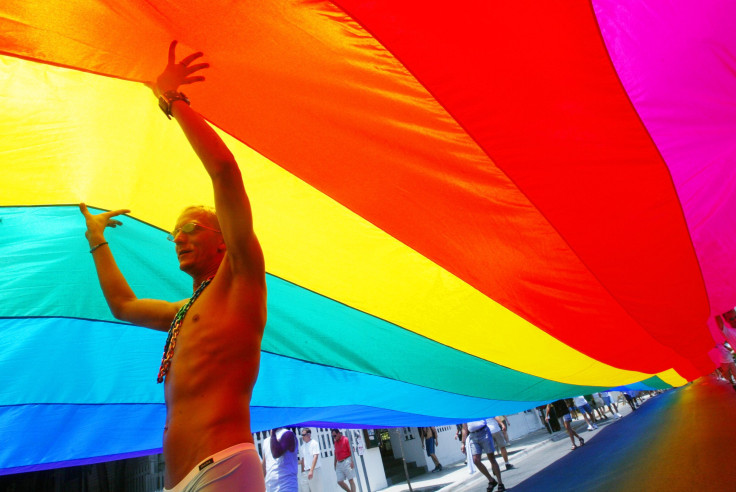Gay, Lesbian, Bisexual Students More Vulnerable To Rape, Physical Assault: New CDC Report

The first national survey that addressed the question of sexuality amongst teenagers in high school showed that gay, lesbian and bisexual students are more vulnerable to physical assault and rape than their straight counterparts.
Even though a number of smaller surveys by non-profits have indicated the same in the past, the study conducted by the Centers for Disease Control and Prevention (CDC) is significant because it is the first instance in which the federal government has addressed the issue. Last year, the Youth Risk Behavior Survey, considered the gold standard of adolescent health data collection in the country, included two new questions last year — how students identified themselves sexually, and the sex of the people they had “sexual contact” with.
“I found the numbers heartbreaking,” said Dr. Jonathan Mermin, a senior official at the CDC, according to the New York Times.
About eight percent of the high school population — which would translate to 1.3 million students — described themselves as gay, lesbian or bisexual. They were three times more likely to have been raped than straight students. Almost one in five of these students had been physically assaulted on a date in the past year — double of the number for straight students.
The rate of students contemplating suicide was alarmingly high for the group with over 40 percent reportedly having considered the option seriously and 29 percent already having made attempts to do so in the past year.
The difference in use of drugs was also reported for the students. An example would be heroin: six percent of the gay, lesbian and bisexual students compared to the 1.3 percent amongst heterosexual students.
The invariably high numbers call for more comprehensive intervention and prevention programs, the Times reported, citing Dr. Debra Houry, director of CDC’s National Center for Injury Prevention and Control. She also said that the marginalized students need better access to mental health care, along with additional support from families, schools and communities.
Across the country, about 15,600 students between the ages of 14 And 17 took the survey. The study, however, did not include an option for the students to identify themselves as transgender.
© Copyright IBTimes 2024. All rights reserved.






















